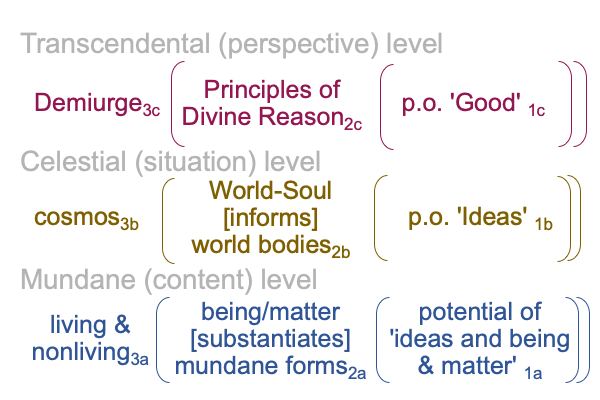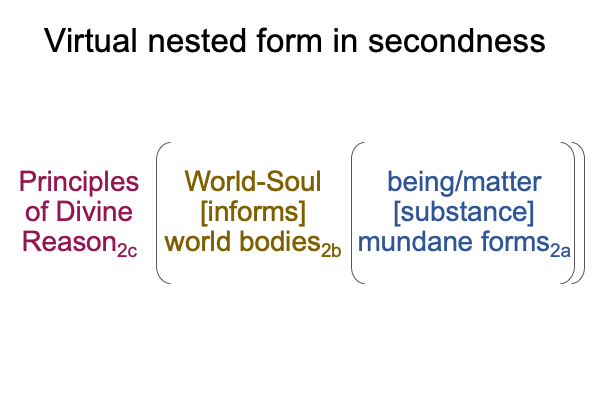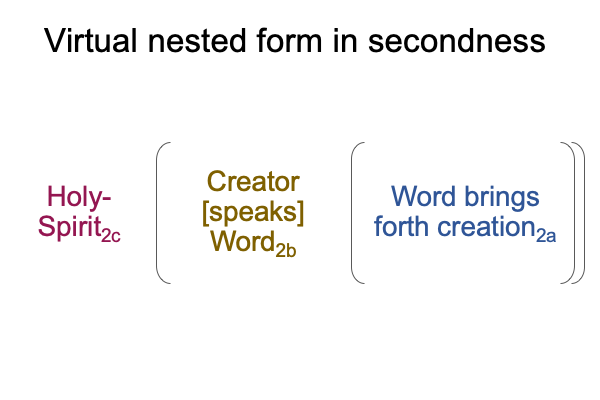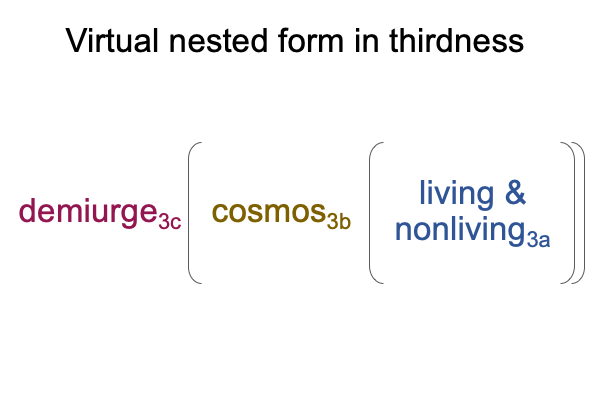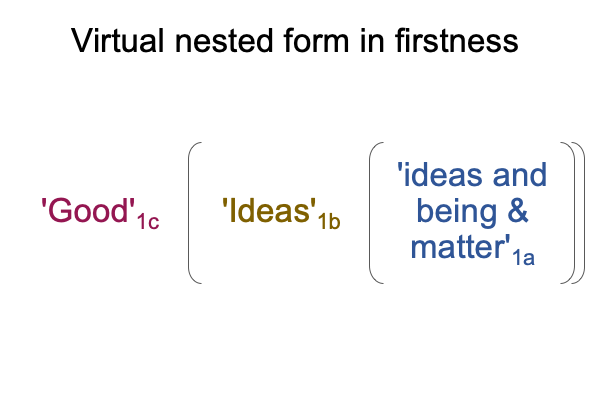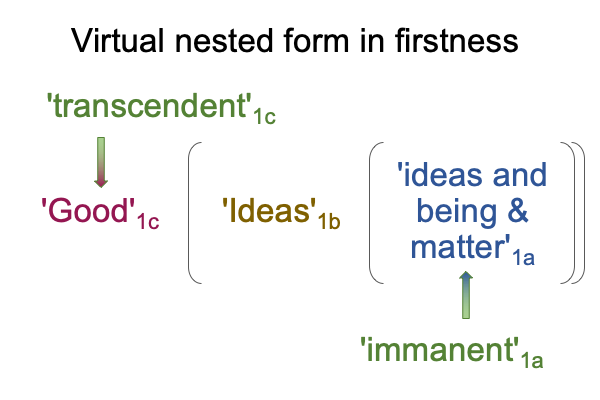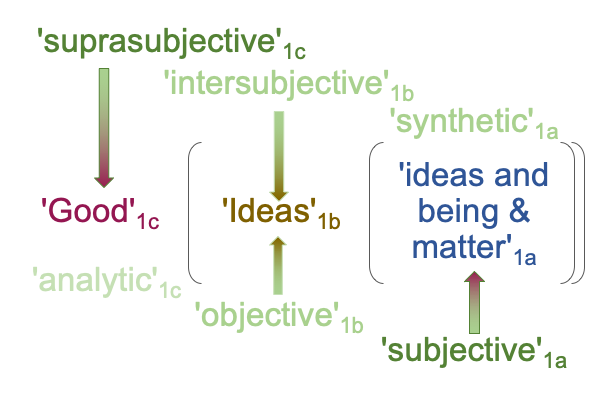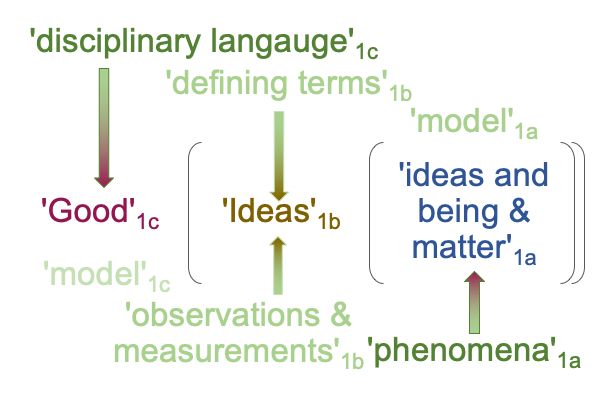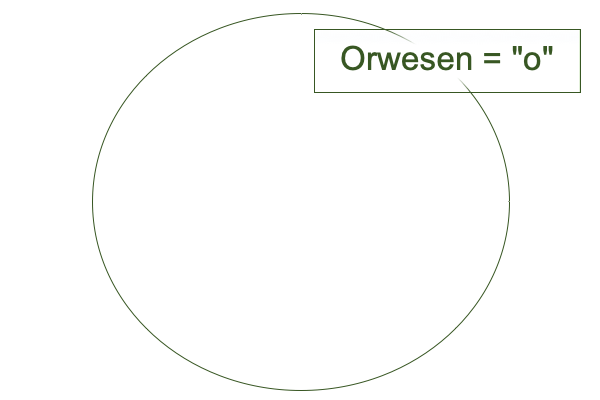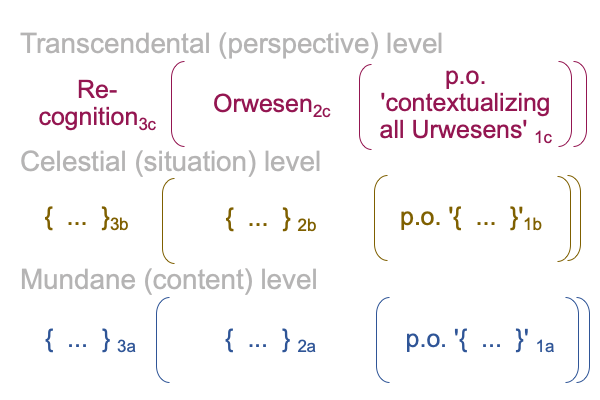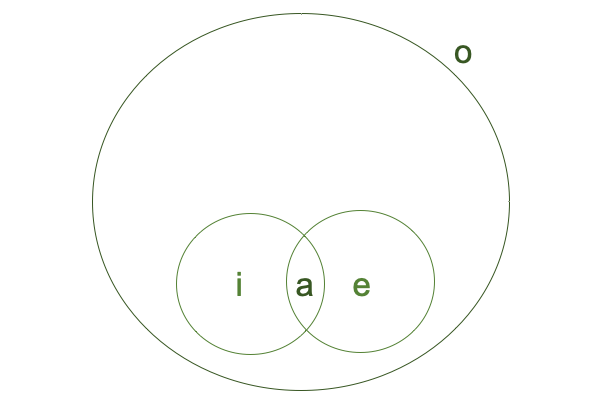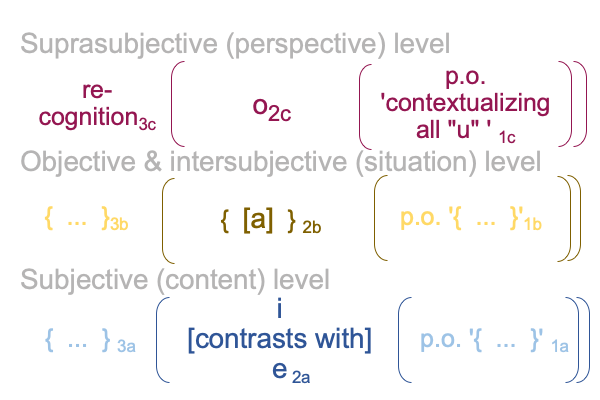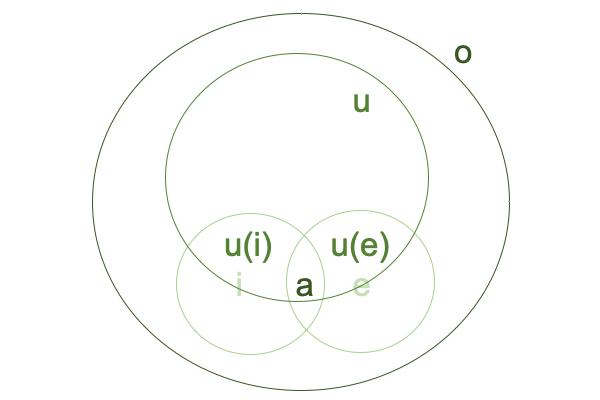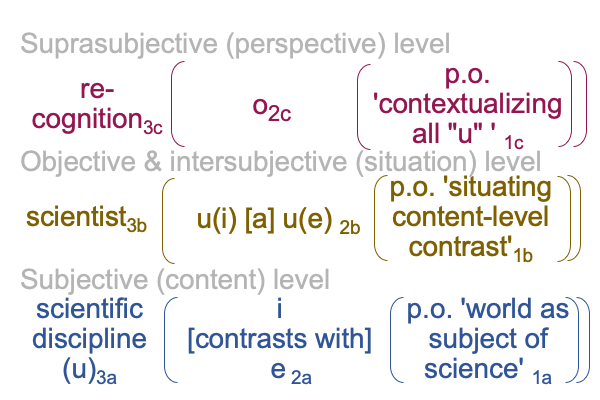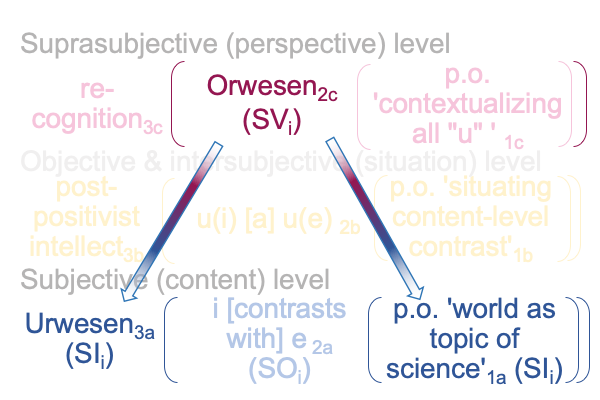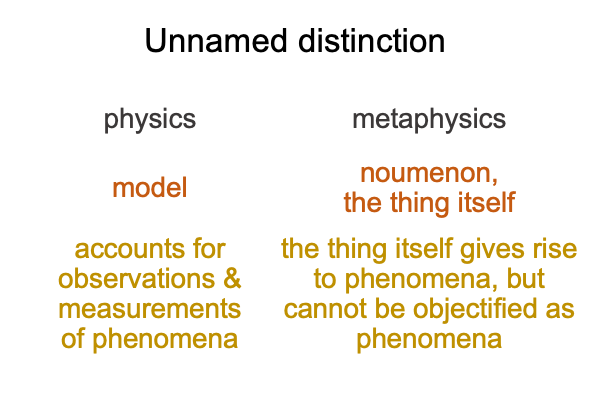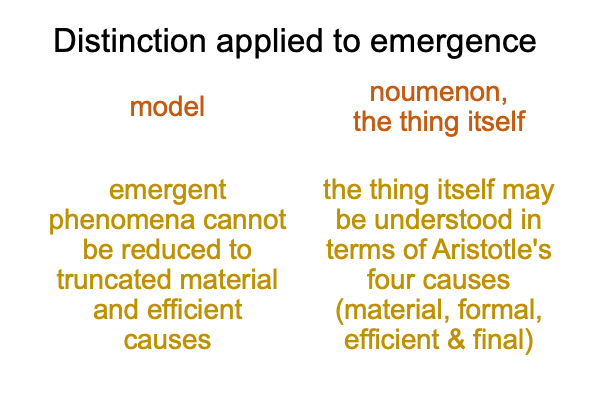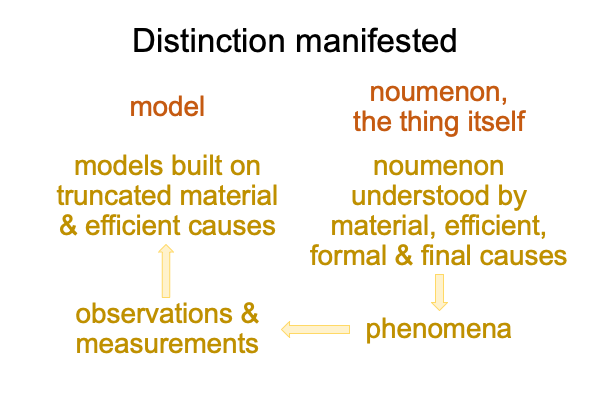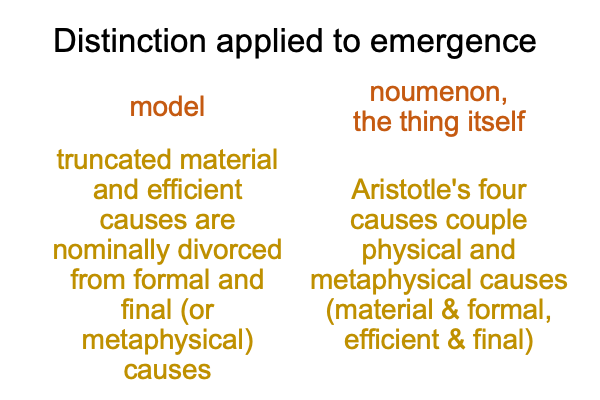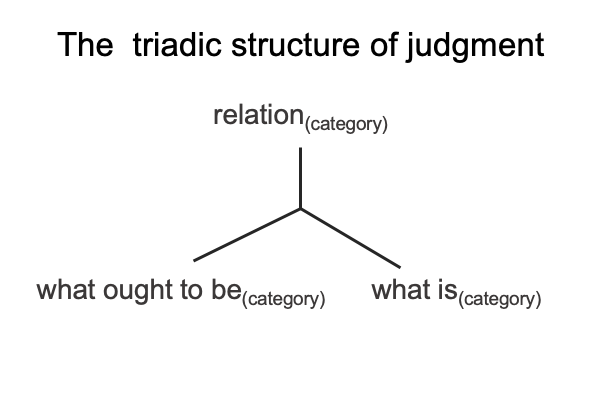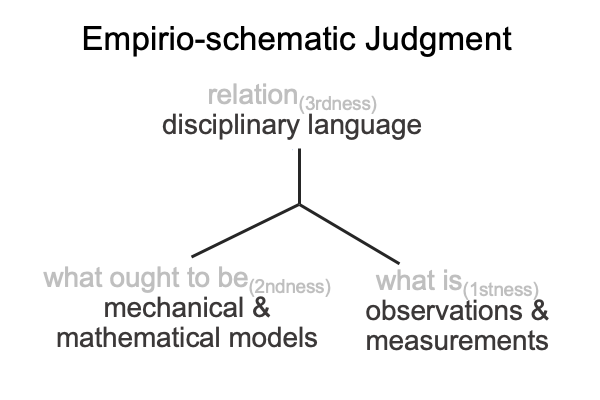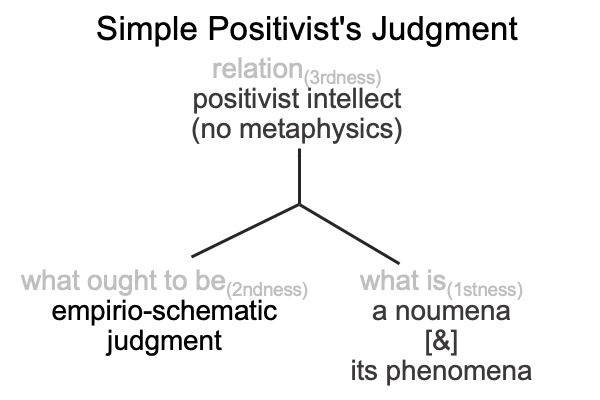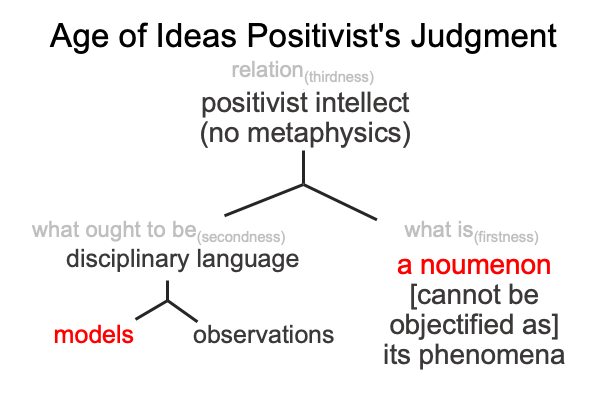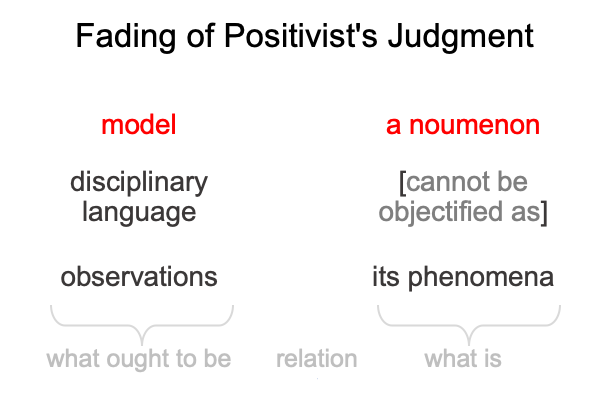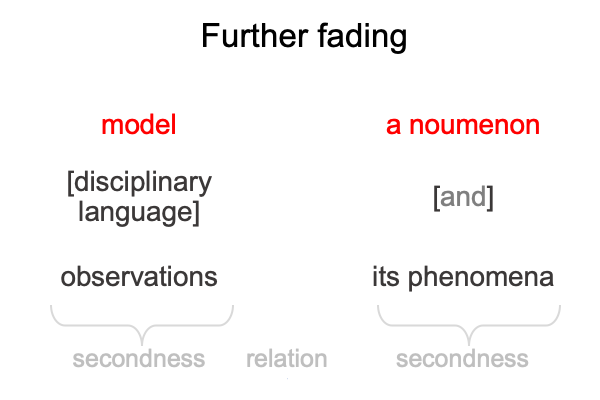Looking at Mariusz Tabaczek’s Book (2021) “Divine Action and Emergence” (Part 17 of 22)
0283 At the risk of repeating myself, allow me to recount points 0155-0165.
0284 When science looks in the mirror, it sees the following.
The model is the illumination. The noumenon is its lackluster reflection.
Disciplinary language is the continuity between a mathematical and mechanical model and its supporting observations and measurements of phenomena. Phenomena are relevant only because they are the observable and measurable facets of their noumenon.
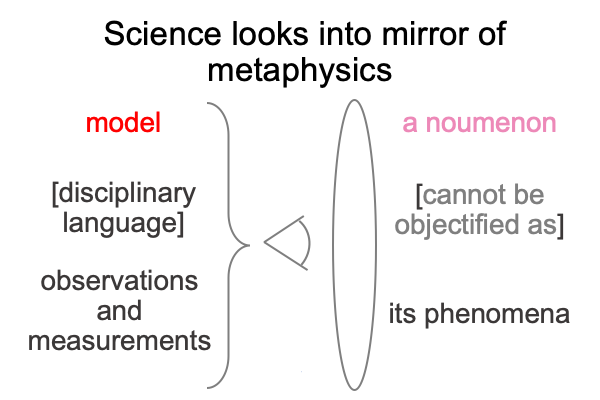
0285 Another way to say this?
A model is objectified as observations and measurements according to the disciplinary language of a specialized scientific field.
The reflection in the mirror of theology displays a lack of disciplinary language. This is appropriate, because the science-agent uses explicit abstraction, hence the need for precisely defined spoken terms. The reflection in the mirror involves implicit abstraction. The human capacity for implicit abstraction evolves in the milieu of hand-talk and hand-speech talk. These ways of talking do not permit explicit abstractions because hand-talk words are icons and indexes of their referents. Indeed, many hand-talk words image or point to their referent by imitating or indicating a… um… phenomenon of the noumenon. The part represents the whole.
0286 Another way to say this?
The way of thinking on the model side belongs to our current Lebenswelt.
The way of thinking on the noumenal side reflects the Lebenswelt that we evolved in.
Of course, this touches base with Razie Mah’s e-article, The First Singularity and Its Fairy Tale Trace, available at smashwords and other e-book venues.
0287 So, what happens when the mirror called “philosophy” turns into a mirror called “theology”?
Well, two substitutions are obvious.
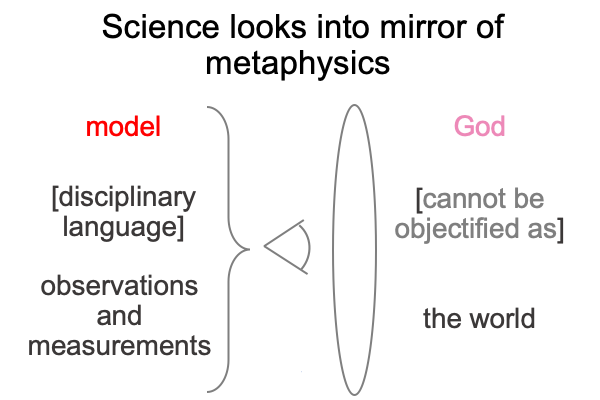
0288 Well, monotheists do not have much of a problem with this. There is an entire specialized language devoted to the apophatic notion that God cannot be objectified as the world.
At the same time, there is a problem. In the first chapter of Genesis, God creates the world. So, the world objectifies God. Are technical corrections required to approach this issue? After all, how can God actually accomplish the tasks described in the Creation Story?
So, maybe God is not really creating our world.
Maybe, God creates the Temple of the Heavens and the Earth.
But, isn’t our world the Temple of the Heavens and the Earth?
Or is this another language game?
0289 Other issues include signs (which I will get to later) and emergence (which concerns Tabaczek). I already know that the model side has significant difficulty reducing emergent phenomena to models based on truncated material and efficient causalities. I also know that Tabaczek offers a helping hand with the suggestion that science should stop truncating their causalities and return to a full helping of Aristotle. Deacon agrees, but wants to reformulate Aristotelian terminology in order to wash away the stain of metaphysics. But, the stain will not wash away!
0290 So, when the empirio-schematic side projects itself into the mirror of theology, it wants to construct a disciplinary language in the mirror that, at least technically, allows the world to objectify its Creator. And, what better metaphor to choose than “containment”.
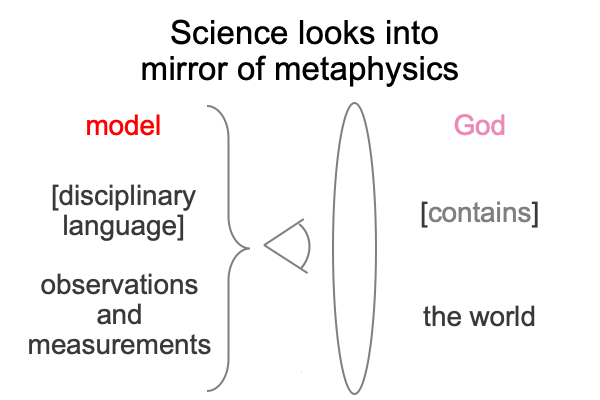
0291 This brutal derivation of panentheism (the label for “the world in God”) does not appear in Tabaczek’s text. Nevertheless, this approach accounts for Tabaczek’s concern about theological reflections from philosophers standing on the agent-science side of the mirror. Panentheism is incense offered to the ghost of the positivist intellect.

